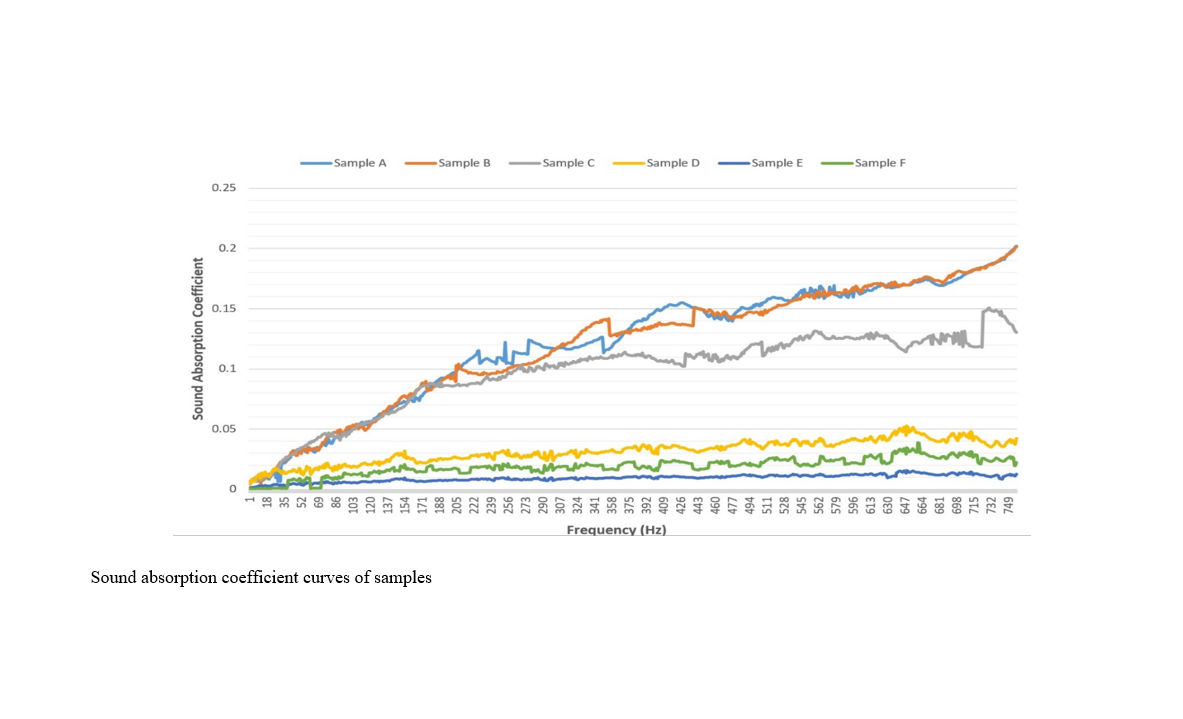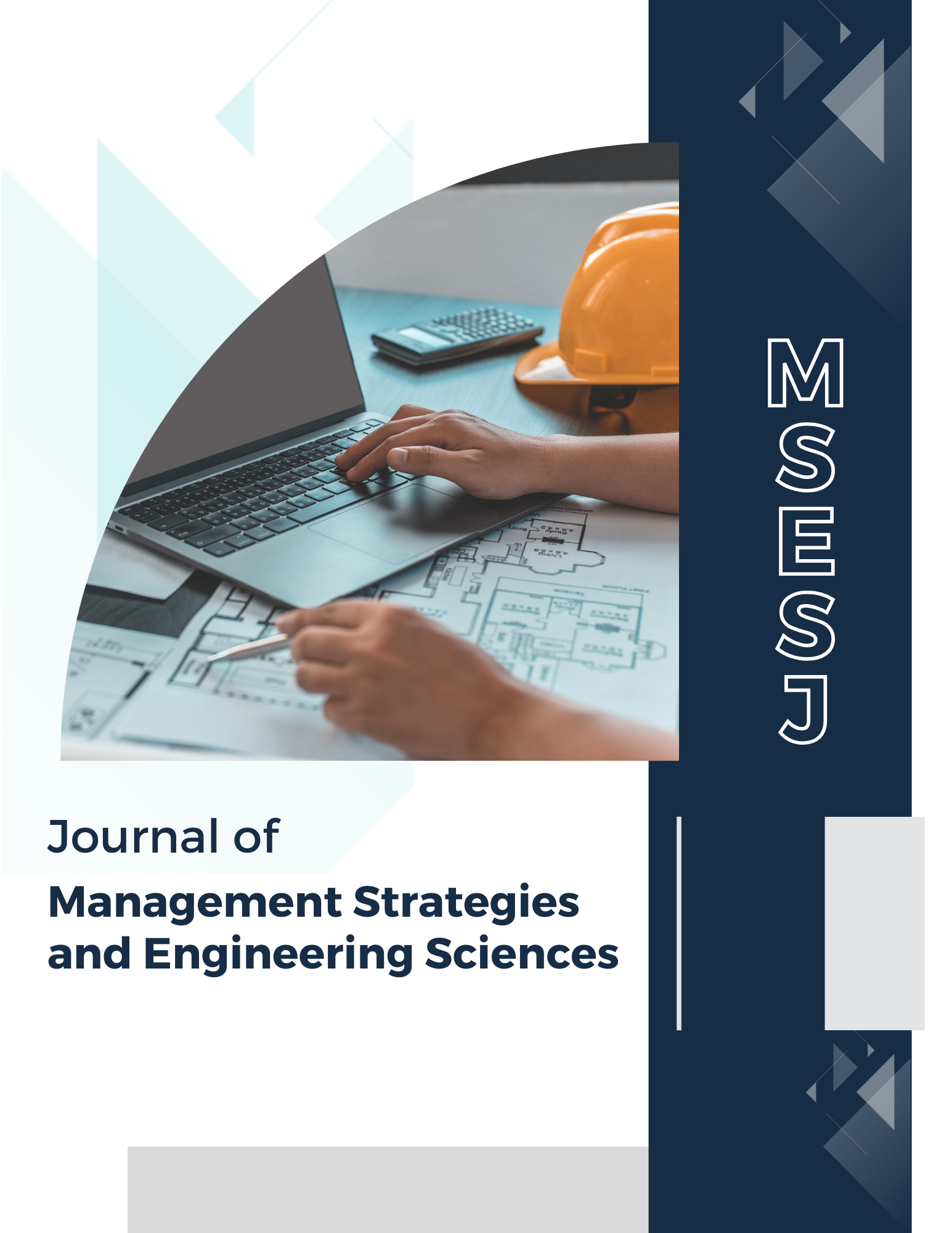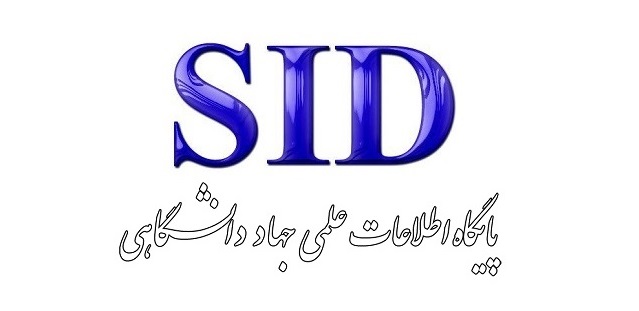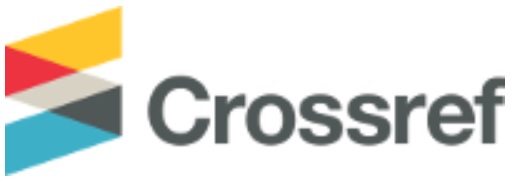Investigating the Integration of Nanotechnology and Fabric Art in the Metaverse
Keywords:
Nanotechnology, Fabric Art, Metaverse, AcousticAbstract
The purpose of this study is to identify and rank the most effective pricing strategies for innovative products in the Iranian market, with an emphasis on key influencing factors and the provision of a scientific framework for managerial decision-making. To this end, the main research question focused on determining the most critical factors affecting the selection of the optimal pricing strategy and how these factors can be applied within a systematic framework. The methodology employed was the Fuzzy Analytic Hierarchy Process (FAHP), which enabled precise prioritization of options based on multiple criteria and expert judgment. The statistical population of the study consisted of 10 individuals, including senior marketing managers and experts from companies active in the field of innovative products, as well as academic specialists in business management and marketing. The main criteria and sub-criteria were considered across four key dimensions—innovation (product development capability, life cycle, degree of innovativeness), marketing (target markets, launch timing, market scope, growth), product (ease of use, after-sales support, branding, patent protection), and technology (payment channels, consumption convenience, technological uniqueness). Six pricing strategies were evaluated as decision-making options: prestige pricing, versioning, windowing, exclusive products, fixed pricing, and dynamic pricing. Findings from the FAHP analysis revealed that prestige pricing (weight = 0.444) is the most suitable strategy for innovative products in the Iranian market. Versioning ranked second with a weight of 0.268, while other strategies such as windowing, exclusive product pricing, fixed pricing, and dynamic pricing occupied the subsequent ranks, respectively. The results, in addition to providing a clear picture of the prioritization of pricing strategies, confirm the use of fuzzy multi-criteria decision-making models as an effective tool for analyzing marketing challenges in the context of the Iranian market. These findings offer practical and scientific guidance for managers, policymakers, and researchers in the domain of innovative product pricing.
References
M. Arab, "Investigating the Role of Cognitive and Metacognitive Strategies in Predicting Students' Academic Performance," Quarterly Journal of Research in Educational Sciences, vol. 20, no. 1, pp. 75-92, 2015.
S. S. Céspedes, "Cognitive abilities and academic performance: Evidence from a longitudinal study," Educational Psychology Review, vol. 26, no. 3, pp. 387-403, 2014.
S. Pallarés, S. M. González-Betancor, and M. Álvarez-Díaz, "Academic performance in higher education: The role of cognitive and non-cognitive skills," Journal of Education and Human Development, vol. 4, no. 2, pp. 1-10, 2015.
K. W. Brown and R. M. Ryan, "The benefits of being present: Mindfulness and its role in psychological well-being," Journal of Personality and Social Psychology, vol. 84, no. 4, pp. 822-848, 2011, doi: 10.1037/0022-3514.84.4.822.
L. E. Arnold, P. Hodgkins, J. Kahle, M. Madhoo, and G. Kewley, "Long-term outcomes of ADHD: academic achievement and Performance," Journal of Attention Disorders, vol. 24, no. 1, pp. 73-85, 2020, doi: 10.1177/1087054714566076.
A. Sohrabi, "Developing a Special Counseling Package for Medical Science Students and Comparing its Effectiveness with the Lent and Brown Social-Cognitive Counseling Method on Academic Self-Efficacy, Academic Motivation, and Academic Performance of Probationary Students of Isfahan University of Medical Sciences," PhD Thesis in Counseling, Isfahan (Khorasgan), 2022.
J. Torkzadeh and F. Zeinali, "Development and Validation of a Scale for Assessing Students' Academic Motivational Potential," Management Studies on Police Education, vol. 14, no. 54, pp. 129-160, 2021. [Online]. Available: https://elmnet.ir/doc/2356232-25574.
S. H. Zamani Sani, M. Eskandarnejad, and Z. Jafarzadeh, "The Relationship Between Mental Skills and Sports Performance in Athletes of Team and Individual Sports," in The 8th National Conference on Sports Science and Physical Education of Iran, Tehran, 2022. [Online]. Available: https://en.civilica.com/doc/1649570/.
A. Piravani, K. Mola Norouzi, A. Kashi, and S. K. Mousavi Sadati, "Identifying Specific Mental Skills of Elite Players of the Iranian Men's National Under-23 Football Team," Razi Journal of Medical Sciences (Journal of Iran University of Medical Sciences), vol. 29, no. 12, pp. 61-70, 2022. [Online]. Available: https://rjms.iums.ac.ir/article-1-7554-en.html.
S. Nodehi, "The Relationship Between Mental Skills and the Academic Achievement of High School Students," Journal of Educational Psychology, vol. 11, no. 2, pp. 45-60, 2015.
A. Aziz, E. Haryani, and N. I. Siregar, "Education psychology and learning performance: does mental skills and mental techniques influences learning performance? A survey study on Indonesian educational institutions," Revista de Psicología Del Deporte (Journal of Sport Psychology), vol. 31, no. 1, pp. 26-39, 2022. [Online]. Available: https://ibecs.isciii.es/cgi-bin/wxislind.exe/iah/online/?IsisScript=iah/iah.xis&src=google&base=IBECS&lang=e&nextAction=lnk&exprSearch=206013&indexSearch=ID.
N. Ozayi, G. Ahmadi, and E. Azimpour, "The Effect of Perception of the Learning Environment and Academic Engagement on the Academic Performance of Male High School Students: The Mediating Role of Academic Self-Efficacy," Knowledge & Research in Applied Psychology, vol. 22, no. 1, pp. 168-181, 2021. [Online]. Available: https://sanad.iau.ir/en/Journal/jsrp/Article/894022.
M. Turki et al., "Relationship between self-esteem, self-efficacy and academic procrastination among medical students," European Psychiatry, vol. 66, no. S1, pp. S554-S554, 2023, doi: 10.1192/j.eurpsy.2023.1169.
M. Zare, M. R. Nili, K. Ali Abadi, E. Zarei Zavarki, and M. Asgari, "The effectiveness of a blended e-learning design model on academic performance of Farhangian University students," Educational and Instructional Studies, no. 40, pp. 126-136, 2024. [Online]. Available: https://pma.cfu.ac.ir/article_3895.html?lang=en.
R. Navarro, V. Vega, H. Bayona, V. Bernal, and A. Garcia, "The relationship between perceived learning, academic performance and academic engagement in virtual education for university students," Journal of Education and e-Learning Research, vol. 11, no. 1, pp. 174-180, 2024, doi: 10.20448/jeelr.v11i1.5404.
M. Bahrami, F. Ghalichi, V. Rahimi-Zadeh, S. Talebi, A. Mousavi Shakib, and J. Biganeh, "The impact of internet addiction on academic performance and musculoskeletal disorders among university students," Scientific Research Monthly of Shahid Sadoughi University of Medical Sciences (Yazd), vol. 32, no. 1, pp. 7428-7442, 2024, doi: 10.18502/ssu.v32i1.15228.
B. Worku and D. Urgessa, "Students' academic culture: the mediating role of academic commitment in the relationship between academic resilience and academic performance of university students," Cogent Education, vol. 11, pp. 1-14, 2024, doi: 10.1080/2331186X.2024.2377004.
B. Nigussie Worku and D. Urgessa Gita, "Students' academic culture: the mediating role of academic commitment in the relationship between academic resilience and academic performance of university students," Cogent Education, vol. 11, no. 1, pp. 1-14, 2024, doi: 10.1080/2331186X.2024.2377004.
M. Haseli Songhori and K. Salamti, "The Linkage Between University Students’ Academic Engagement and Academic Support: The Mediating Role of Psychological Capital," (in eng), Iranian Journal of Educational Sociology, Research Article vol. 7, no. 2, pp. 72-84, 2024, doi: 10.61838/kman.ijes.7.2.10.
Т. О. Гордеева, D. M. Nechaeva, and О. А. Сычев, "Factors Influencing Students’ Motivation and Academic Performance: The Role of Parental Control and Autonomy Support," Moscow University Psychology Bulletin, vol. 47, no. 3, pp. 33-55, 2024, doi: 10.11621/lpj-24-28.
M. S. Paul, M. Sunil, and N. P., "The Silent Struggle-Imposter Syndrome and Its Influence on Self-Efficacy and Academic Performance- A Study on MBA Students in Private University," International Journal for Multidisciplinary Research, vol. 6, no. 3, 2024, doi: 10.36948/ijfmr.2024.v06i03.20790.
A. Mohammadi Garkani, F. Dortaj, and A. Kiamanesh, "The Effectiveness of Social-Emotional Skills Training on the Components of Female Students' Academic Performance," Education and Evaluation (Educational Sciences), vol. 12, no. 45, pp. 133-150, 2019. [Online]. Available: https://www.magiran.com/paper/1995032/the-effectiveness-of-social-emotional-skills-with-ycdi-on-behavioural-disorders-and-academic-performance-of-female-high-school-students-of-district-1-tehran-city?lang=en.
A. A. Seif, Modern Educational Psychology (Psychology of Learning and Teaching). Tehran: Dowran Publishing, 2022, p. 726.

Downloads
Published
Submitted
Revised
Accepted
Issue
Section
License
Copyright (c) 2025 Management Strategies and Engineering Sciences

This work is licensed under a Creative Commons Attribution-NonCommercial 4.0 International License.











